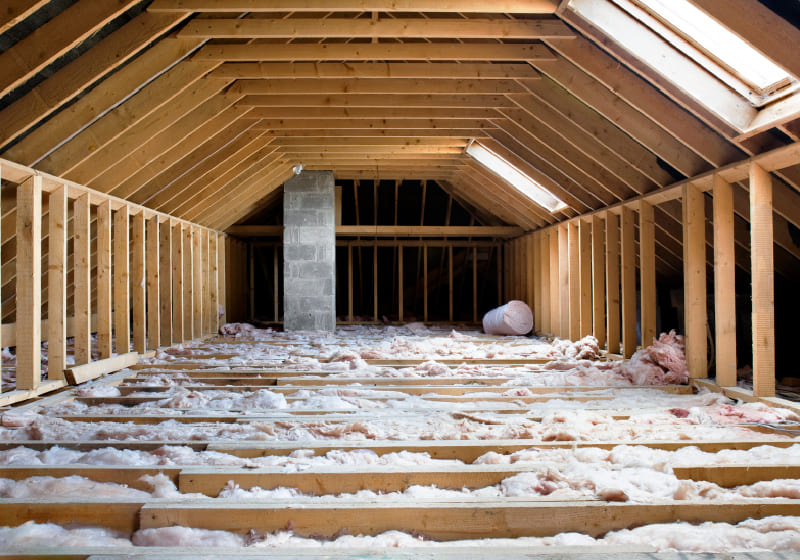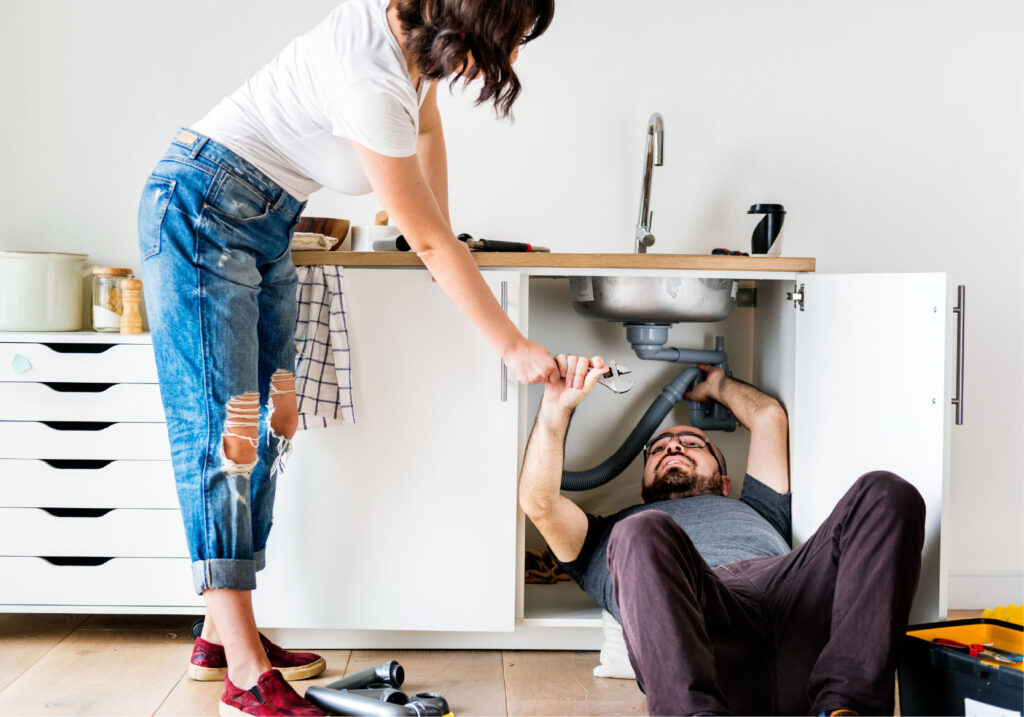Attic mold is one of the most common maintenance issues, with thousands of homes each year requiring an infestation removal. Attics are notorious for producing the right conditions for a mold outbreak, as there can be an excess of moisture if your roof isn’t properly sealed. Unless you consistently check your attic for mold and other issues, the problem can quickly grow out of control and turn into an expensive repair. Luckily, there are ways for you to stop mold before it appears.
What Causes Mold?
The main reason that mold forms in your home is a large amount of moisture accumulation. If you live in an area that has humid summers, the chances of mold growth increase. Attics that aren’t well ventilated trap moisture and don’t allow for the wooden beams to properly dry out. Ventilation is also important when it comes to your kitchen stove, bathroom fans, and even your dryer. Appliances that don’t correctly exit through your roof can deposit water droplets in your attic as well. Even a small hole in your shingles or a gap between your roof and gutters creates an opening for water intrusion.
How to Spot Mold
There are several ways you can tell that you have mold growth in your attic, or are susceptible to it:
Getting Rid of Mold
The best way to stop mold is to get ahead of the issue before it gets out of hand. Check that all your vents and flashings are properly installed and aren’t showing signs of damage. It’s possible to remove smaller growths yourself, but even then, it’s not recommended. Unfinished attics are dangerous and you could easily lose your footing. In any case, it’s best to call in a professional to thoroughly eradicate the mold and ensure that it won’t return.
A Home Inspection Can Help!
Another preventative measure you can take to protect your home is to have an inspection! Whether you’re a first-time buyer or finally moving into your dream home, a home inspection gives you the knowledge you need for your final decision. A trained professional will look at all the components of the home and give you a report so you get the full picture on its condition. You’ll have peace of mind in your new place and won’t have to worry about unseen hazards. Find your local NPI inspector and schedule an inspection today!



